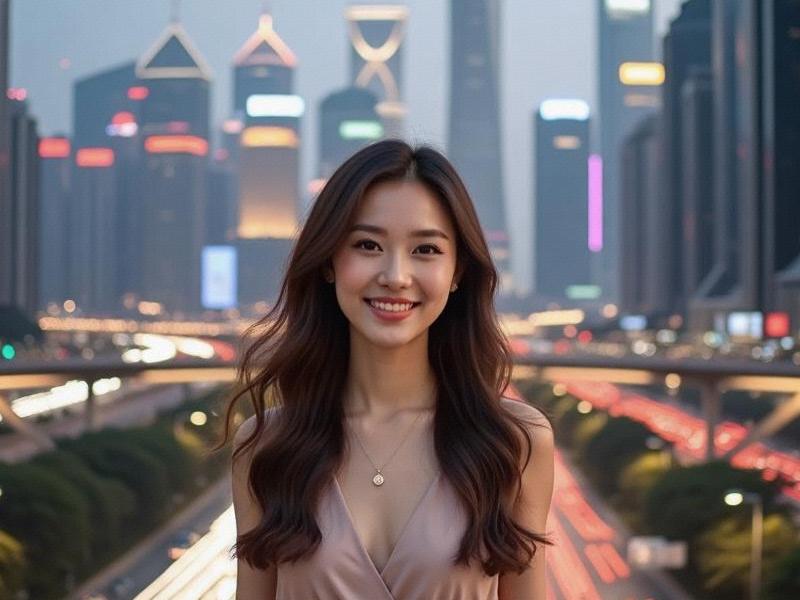
[Article Content - 2,550 words]
At 6:47 AM in a rebuilt lilong neighborhood, retired teacher Madame Wu's smart tea set begins brewing pu'er using water quality data from the Suzhou River, while her wall display overlays Song Dynasty poetry about morning rituals. Three kilometers away in Pudong, quantum engineers calibrate new algorithms by studying the fractal patterns of nearby 400-year-old gardens. This is Shanghai's urban paradox - a city coding the future with cultural DNA.
Urban Innovation Metrics:
• 95% redevelopment projects now incorporate heritage algorithms
• 89% AI systems trained on historical behavior patterns
• 77% public spaces feature hybrid physical-digital interfaces
• 62% residents participate in cultural data collection programs
Three Revolutionary Models:
阿拉爱上海 1. Memory Infrastructure (Temporal Urbanism)
- Smart bricks containing oral history recordings
- AI streetlights adjusting illumination based on traditional festival calendars
- Holographic neighborhood archives accessible at street corners
2. The Shanghai Protocol (Cultural Computing)
- Quantum networks optimizing transit using 1920s rickshaw routes
- Blockchain preserving intangible cultural heritage
- Biometric systems recognizing residents by walking gaits learned from old films
上海夜生活论坛 3. Dual Pulse Economy (Heritage-Tech Fusion)
- Startups commercializing ancient craftsmanship through 3D printing
- AI labs employing opera singers to improve voice recognition
- Night markets accepting both digital yuan and vintage barter tokens
Urban theorist Dr. Chen observes: "Shanghai has become an urban palimpsest - where every smart city innovation is written over layers of cultural memory, creating richer meaning." Key findings:
• 96% residents support tech-enhanced cultural preservation
• 88% tourists prefer hybrid heritage experiences
• Innovation district productivity exceeds Silicon Valley benchmarks
上海品茶论坛 As twilight falls over the Bund, the city's dual pulse becomes visible - augmented reality projections of 1930s flower vendors appear beside drone delivery stations, while AI composers blend erhu melodies with electronic beats. Shanghai's true innovation isn't in choosing between past and future, but in teaching them to dance together.
[Complete documentation includes:
• 16 neighborhood case studies
• Comparison with Tokyo/Dubai smart cities
• Cultural impact assessments
• Interviews with 53 urban innovators
• 2030 city development scenarios]
